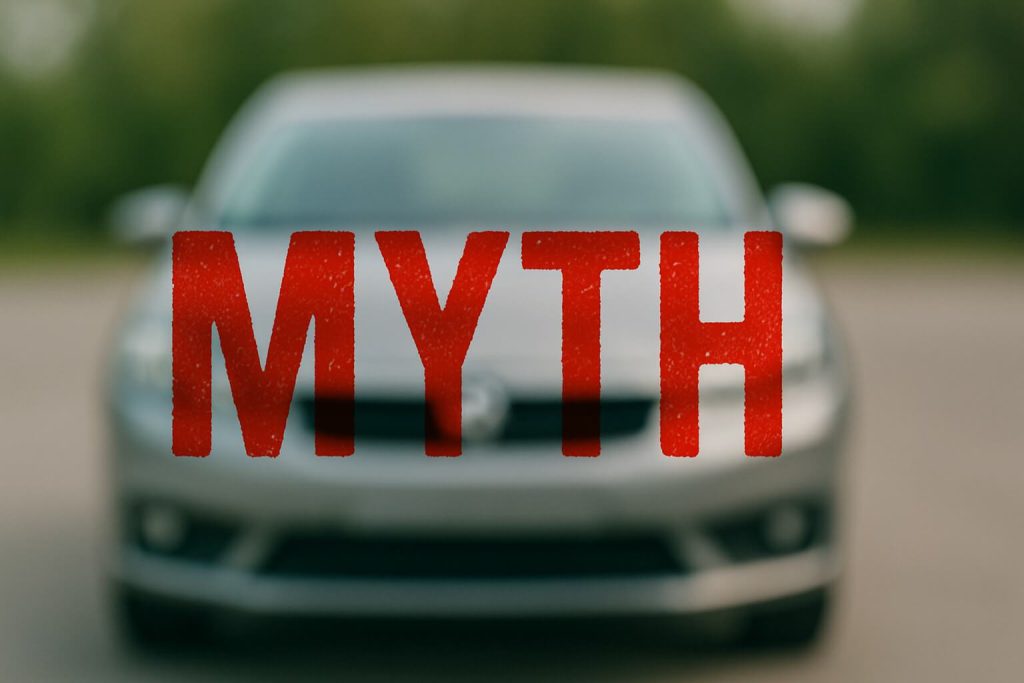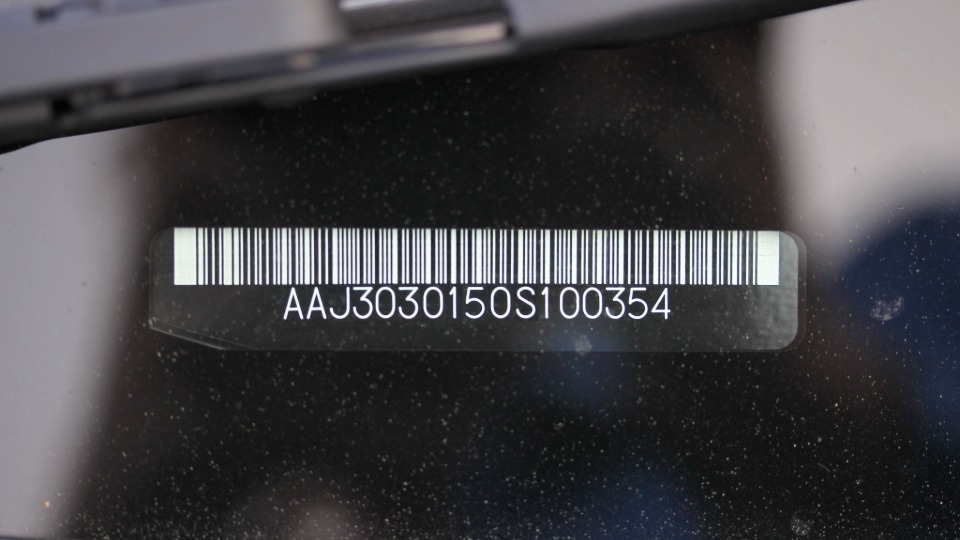Selling in fall helps you meet motivated buyers prepping for winter, sidestep seasonal wear (salt, ice, early storms), and avoid carrying costs into the holidays. It’s not the only good time to sell—but it’s a particularly favorable one if you’re already on the fence.
As the air turns crisp and days get shorter, many drivers rethink what they’re driving into winter. While every season has its pros and cons, fall offers a practical set of advantages if you’re considering selling—and acting before harsh weather arrives can make a measurable difference. Beyond financial considerations, there’s also the convenience of making a change before cold mornings and icy roads complicate everyday driving.
🔎 Steady Buyer Demand Before Winter
In early fall, shoppers look for dependable vehicles ahead of cold, wet, and snowy conditions. SUVs, crossovers, and AWD models get special attention from families and commuters planning for safer winter driving. Listing now places your vehicle in front of buyers with clear, time-bound needs.
Heads-up: Even non-AWD sedans and hybrids see renewed interest as commuters plan for darker commutes and holiday travel.
Another factor to consider is student drivers. Many college students return to campus in the fall and may need affordable, reliable vehicles. This secondary market creates an additional layer of buyer demand outside of families and commuters.
🧊 Avoid Winter Wear & Depreciation
Winter can accelerate wear: salt can corrode undercarriages, potholes can ding wheels and suspension, and minor fender blemishes are more likely. By selling in fall, you preserve condition—and value—before the season adds cosmetic or mechanical blemishes that buyers will factor into offers.
- Protect resale by avoiding salt exposure and early-season dings.
- Skip the cost of winter tires if you’re planning to sell anyway.
- List while photos still look bright and clean (pre-slush season).
Buyers are often willing to pay a premium for a car that hasn’t been exposed to harsh winter driving. A clean undercarriage and rust-free wheel wells can set your car apart from similar models listed in January or February.
📅 Holiday & Year-End Motivations
Fall aligns with moments that nudge buyers to act: Thanksgiving road trips, December holidays, and year-end budget planning. Some households upgrade for safety or space; others want a reliable commuter before weather and daylight become a daily factor.
Subtle urgency: Buyers on a timeline often prioritize availability and condition—meaning well-presented cars can move quickly in October and November.
There’s also a tax element. Some businesses and self-employed buyers aim to complete purchases before year-end for tax advantages. Selling your car before December may put you in front of motivated buyers looking to close deals quickly.
📉 Less Competition Than Peak Seasons
Spring and early summer typically flood the market with listings. In fall, there’s often less noise—making it easier for your car to stand out. Fewer comparable vehicles can translate into more attention and fewer low-ball “I have 10 other options” messages.
For private sellers, this means your car is more likely to get noticed on marketplaces. For those using professional services, it can translate into faster offers since demand is still healthy but supply is thinner.
💵 Year-End Financial Flexibility
Selling in fall can reduce costs you might otherwise carry into the new year—insurance, registration, maintenance, and winter-specific expenses. If you don’t need the vehicle, converting it to cash ahead of holiday spending can be a smart move.
- Eliminate winter tire/storage costs you won’t recoup.
- Cut insurance and registration on an unused car.
- Free up cash for year-end plans or a different vehicle later.
Even if you’re not planning to buy another car right away, freeing yourself from ongoing expenses can be a welcome relief before entering a new year with fresh financial goals.
To make the most of selling in the fall, presentation matters. Here are a few seasonal tips:
- Photo timing: Take listing photos on sunny fall days when the backdrop of colorful leaves can make your car stand out.
- Seasonal detailing: Remove leaves from vents and clean carpets to avoid damp smells that can come from autumn rain.
- Highlight seasonal advantages: If your car has heated seats, remote start, or good tires, call these out—buyers love features that make winter easier.
These little touches can help your car feel more appealing, especially when buyers are already thinking ahead to colder months.Thinking about selling?
There’s no single “perfect” season, but fall stacks the deck in your favor if you’re already considering it. Explore your options, compare offers, and choose the path that fits your timeline.Check your car’s value
❓ Frequently Asked Questions
Is fall really better than spring or summer?
Each season has advantages. Spring/summer bring more buyers—but also far more competing listings. Fall tends to offer steady demand with less noise, plus the benefit of avoiding winter wear if you sell before storms hit.
What types of cars sell well in the fall?
AWD SUVs and crossovers do well heading into winter, but reliable sedans and hybrids also perform as commuters plan for darker, colder months. Clean condition and maintenance records matter more than body style alone.
How can I maximize my sale price in the fall?
Document maintenance, fix simple items (wipers, bulbs), clean the interior, and photograph the car on a bright day before snow or slush. If your tires are borderline, be upfront; transparency builds trust and speeds up a sale.
Should I wait until after the holidays?
If you’re already planning to sell, waiting can expose the car to winter wear and reduce value. If you need the vehicle for holiday travel, consider timing your listing for immediately afterward—just know there may be more cosmetic touch-ups to address.
Do I need winter tires to sell?
No. If you already own a good winter set, listing them with the car can help. Otherwise, many buyers prefer choosing their own tire setup. Avoid investing in new winter tires solely to sell unless local market comps clearly justify it.











